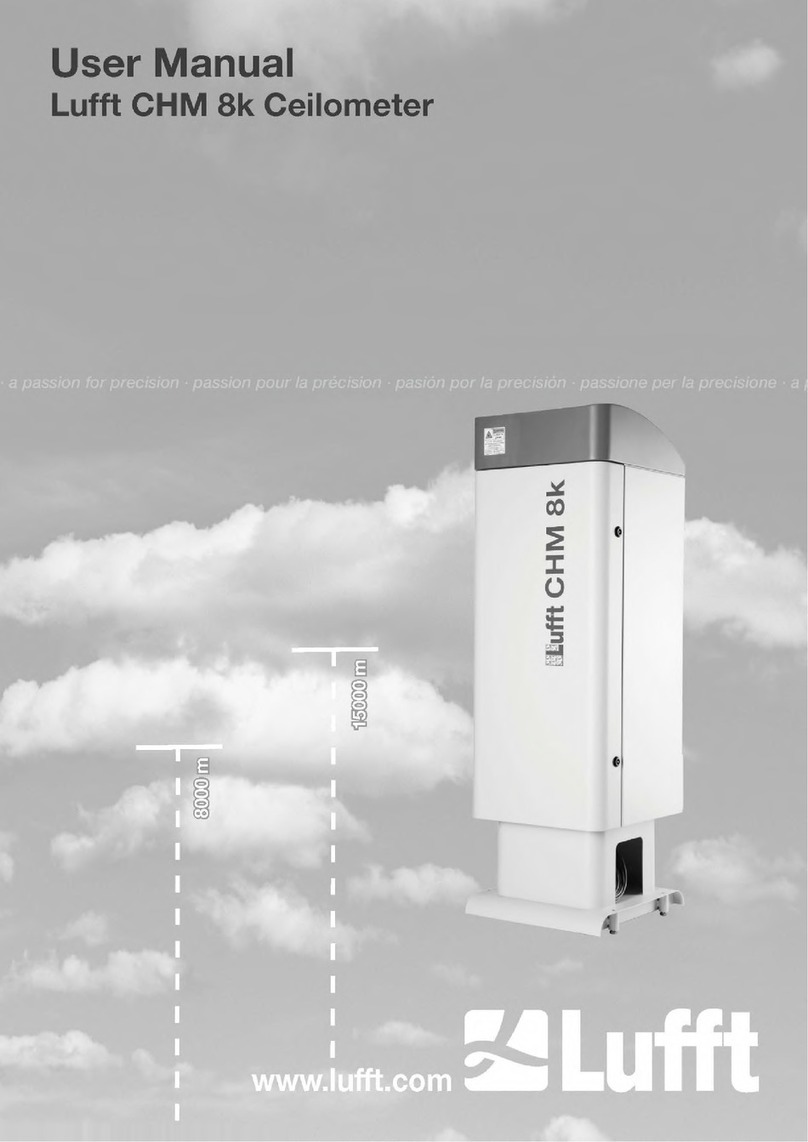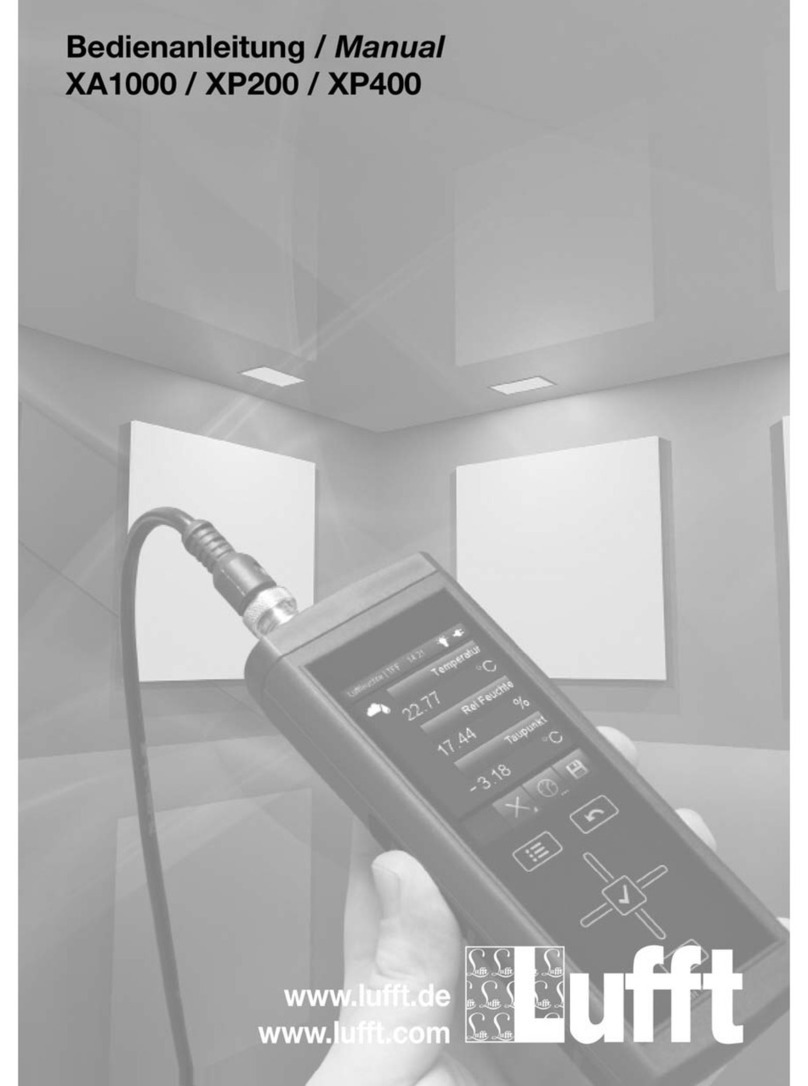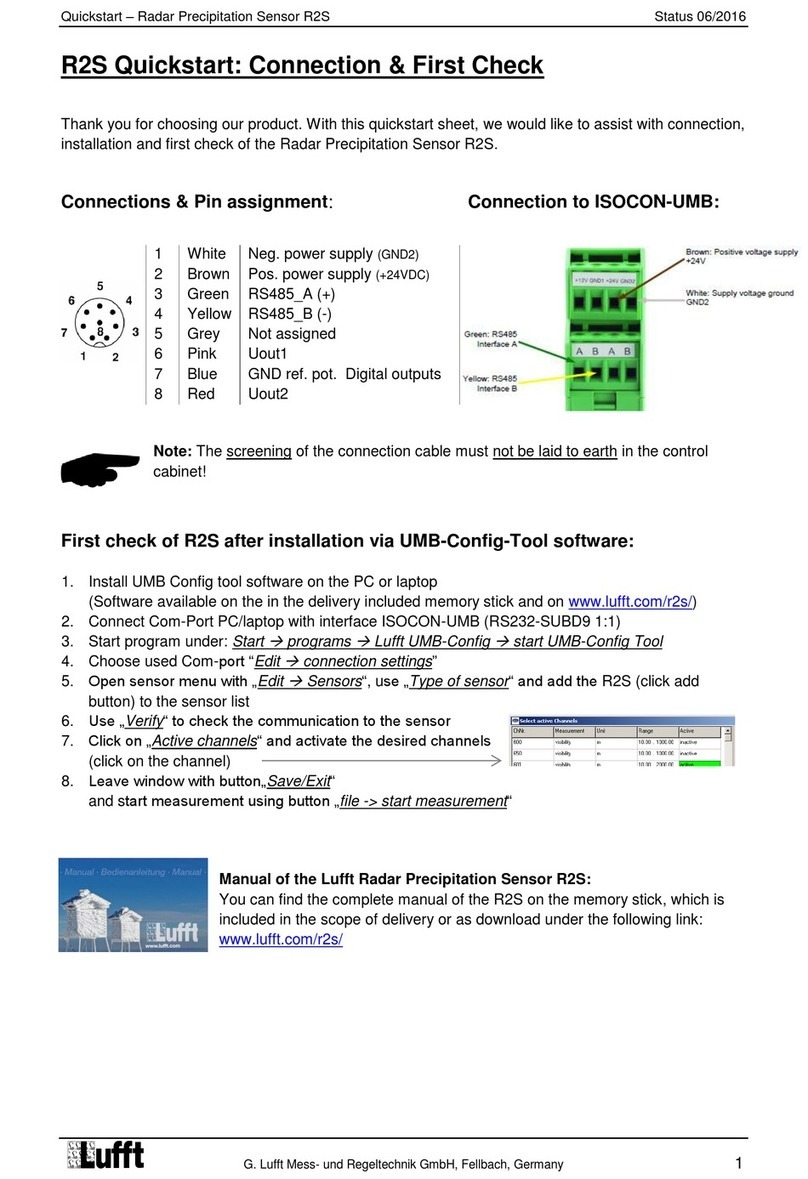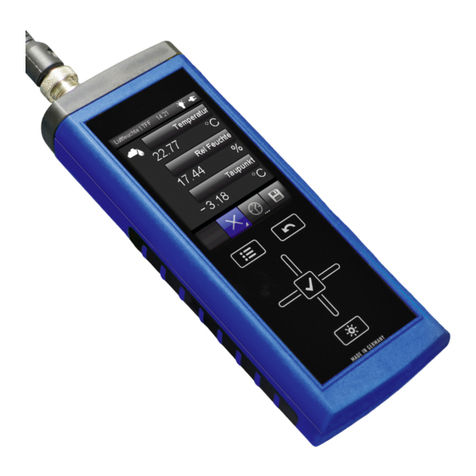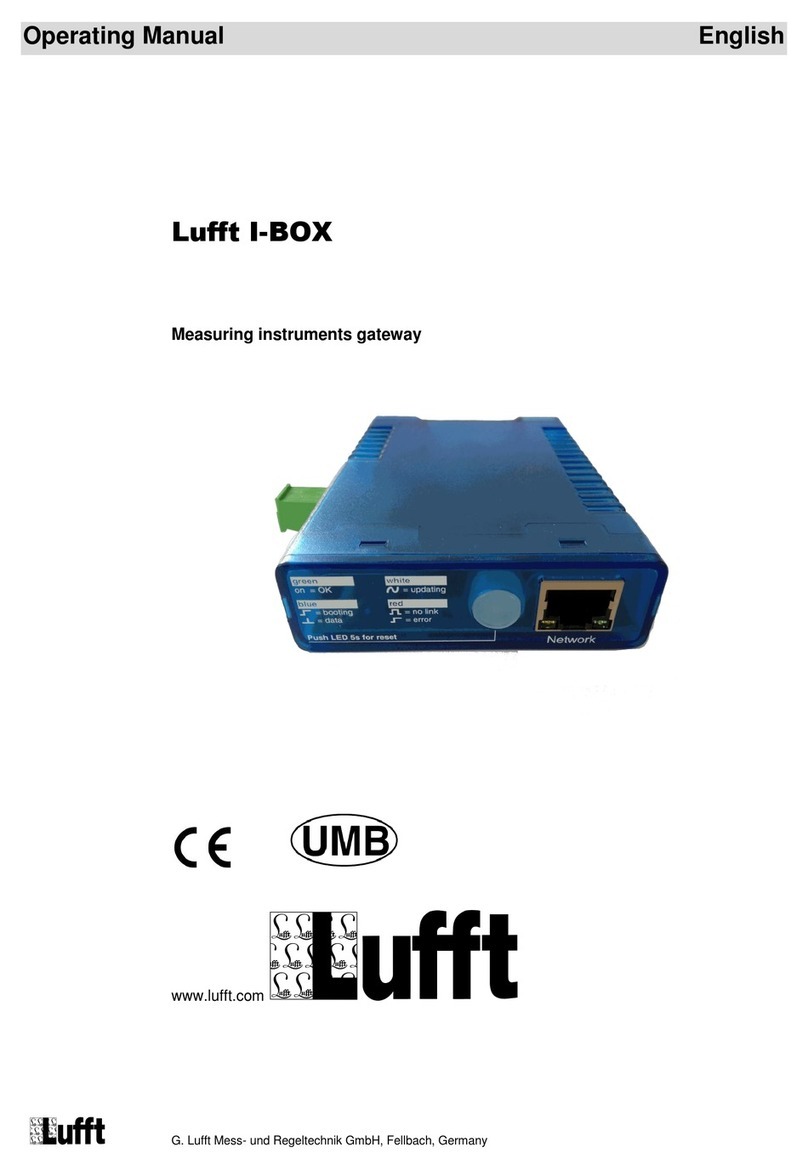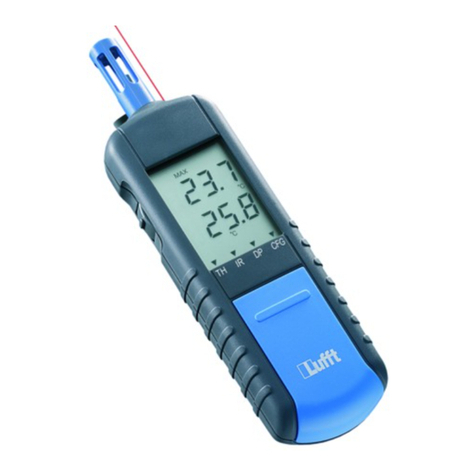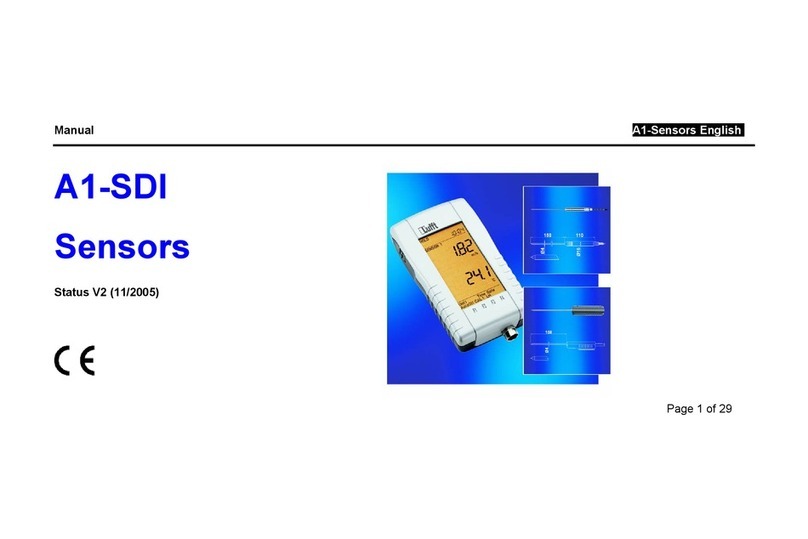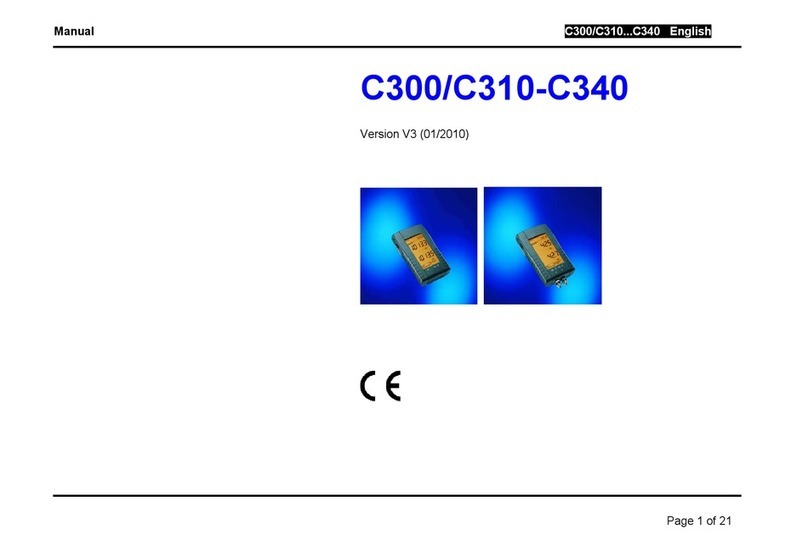General Information 2
Contents
.......................................................................................................................
............................................................................................................................
............................................................................................................................................
..........................................................................................................
....................................................................................
................................................................................................
.............................
.......................................................................................................
................................................................................................
...................................................................................
........................................................................................................
.........................................................................................................................
................................................................................................................................
.................................................................................................................
...........................................................................................................................
..................................................................................................................
..................................................................................................
......................................................................................
.................................................................................................................
.........................................................................................
......................................................................................................
....................................................................................................................................
...........................................................................................................
.....................................................................................................................
....................................................................................................
...............................................................................................................
.....................................................................................
...................................................................................
.......................................................................................
................................................................................................................................
..................................................................................................................................
.......................................................................................
...............................................................................................
............................................................................................
........................................................................................................
.................................................................................................................
...........................................................................................................
.............................................
............................................................................................................
...................................................................................................................
...........................................................................................................................
...........................................................................................................
..........................................................................................................
..........................................................................................................
..................................................................................................................
.......................................................................................................












